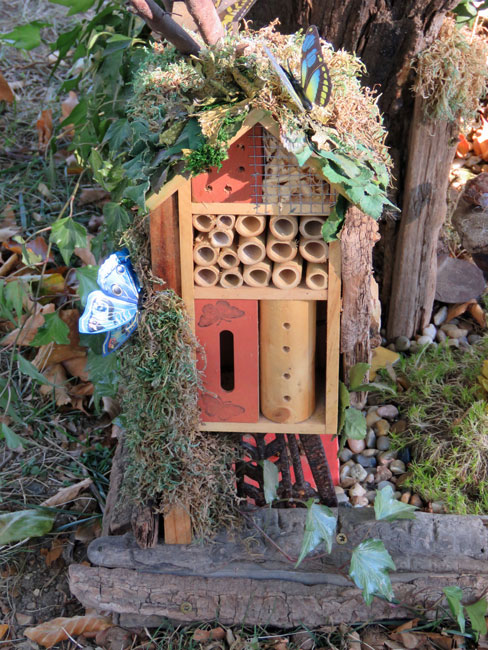
For the perfect accomplishment of any art, you must get this feeling of the eternal present into your bones — for it is the secret of proper timing. No rush. No dawdle. Just the sense of flowing with the course of events in the same way that you dance to music, neither trying to outpace it nor lagging behind. Hurrying and delaying are alike ways of trying to resist the present.
~ Alan Watts
(Does It Matter?: Essays on Man’s Relation to Materiality)
When I came across this quote the other day it made me think of the art of saying good-bye. I want to give everyone a quick hug, say good-bye, hop in the car, rushing to get the painful separation over with. Like ripping off a bandage quickly, I tell my husband. But Tim tends to prolongs the misery. Announcing that it’s time to go, yet staying in his seat for another half hour. Slowly getting up. Dawdling! It takes forever to gather his things while new conversations are initiated and we linger inside the front door for extended periods of time.
I’m good at hurrying and he’s perfected delaying. Long ago we stopped judging each other and do our best to compromise. (Different doesn’t mean better or worse, good or bad, is one of our rules of thumb.) But this quote got me thinking, what would the proper timing of a good-bye feel like?
Maybe the way we used to say good-bye to my grandparents when I was a little girl. We said good-bye with hugs in the kitchen and then went out to the car. After we got in our seats, no car seats back then, my grandparents would stick their heads in our windows to see how we were set up for the journey home. And then my father would drive down the driveway while my grandparents stood arm in arm on the porch, blowing kisses and waving until we were out of sight. I can still see them standing there, after all these years.
How do you say good-bye?
























































































































